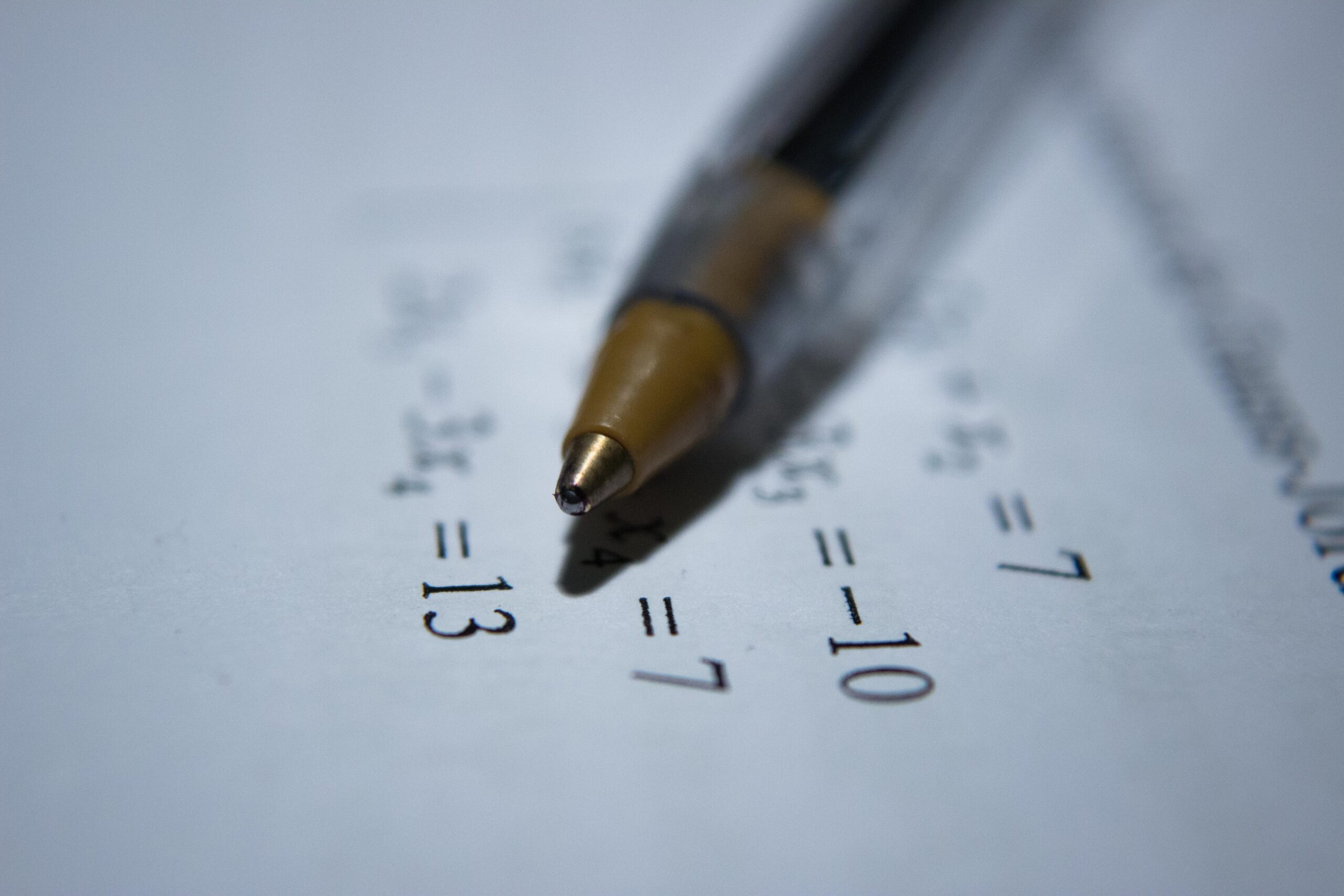
Approximately 6% of people have dyscalculia, a learning difficulty affecting an individual’s ability to understand numbers. Dyscalculia can sometimes be referred to as “number dyslexia” as the signs and symptoms are very similar.
Approximately 50% of individuals with dyscalculia will also have dyslexia, although they are very different learning difficulties. You can read more about dyslexia here; this blog focuses on dyscalculia, we take a look at what it is, possible causes, common signs, and the support that is available.
Dyscalculia is a learning difficulty that is characterised by difficulty understanding numbers. The British Dyslexia Association define dyscalculia as:
“…a specific and persistent difficulty in understanding numbers which can lead to a diverse range of difficulties with mathematics. It will be unexpected in relation to age, level of education and experience and occurs across all ages and abilities.”
Research into the causes is limited and is lagging far behind research into dyslexia, and the exact causes are unknown. However, current research suggests that issues in brain development or genetics are possible causes, as research has found that dyscalculia tends to run in families.
Further studies conducted around brain imaging have shown that individuals with dyscalculia have a slightly different brain structure than those without. A study by Kadosh et al. conducted in 2007 surfaced strong evidence that malformations in the right parietal lobe of the brain were a likely cause of dyscalculia.
A more recent study conducted in 2020 by McCaskey et al. conducted on 35 children aged 8-11, concluded that the individuals with dyscalculia had reduced grey and white matter volumes in areas of the brain that are number related.
There are different signs and symptoms of dyscalculia across different age groups.
The most common signs for young children include:
Signs present in older children and teenagers can include:
These symptoms would also continue into adulthood, along with:
In this video, Josie explains some of the most common signs, and her experience of living with dyscalculia:
It is important to note that everyone can struggle or have difficulty with mathematics, however the differentiation between general struggles and dyscalculia is that individuals with dyscalculia will have greater difficulty with numbers, and these difficulties will be prolonged. On the other hand, if an individual only struggles occasionally, this is unlikely to be dyscalculia.
So how is dyscalculia diagnosed?
The first step to a diagnosis is an informal assessment. This can be carried out by any professional with experience in maths learning difficulties.
The informal assessment will identify areas where the individual has difficulty, and a bespoke support plan can be devised to help the individual. The assessment will also highlight any traits of dyscalculia for further investigation through a formal diagnostic assessment.
To receive a formal diagnosis, individuals will need to undergo a formal diagnostic assessment by a qualified assessor. The Dyscalculia Network can recommend qualified assessors, specialists, and tutors in your area.
There’s support available to help manage the symptoms of dyscalculia, and a formal diagnosis is not required to access it.
There are lots of online resources that are easy to understand and access. Maths Explained has a variety of video tutorials to help with maths difficulties, and the British Dyslexia Association has further information and support on their website.
There are also tools available such as visual number aids, for example abacuses, number cards or counters.
For more focused support, there are specialist tutors who can work with individuals to develop ways to tackle areas where they may struggle, for example with money, and support is also available from HMRC for help with things like tax returns or help filling in forms.
Here at Northern Healthcare, our teams provide support to individuals with dyscalculia and other learning difficulties. Our teams work together with our residents to find the right tools to support them. This can include bespoke materials such as abacuses, maths cards and counters, and books. Our Learning Disability Nurses also provide dedicated support to our residents with learning difficulties and disabilities, and we have close partnerships with external organisations enabling us to collaborate with external professionals for more specialised support if required.
Find out more about our support model.
Roi Cohen Kadosh, Kathrin Cohen Kadosh, Teresa Schuhmann, Amanda Kaas, Rainer Goebel, Avishai Henik, Alexander T Sack, 2007. Virtual dyscalculia induced by parietal-lobe TMS impairs automatic magnitude processing.
R S Shalev, O Manor, B Kerem, M Ayali, N Badichi, Y Friedlander, V Gross-Tsur, 2001. Developmental dyscalculia is a familial learning disability.
Ursina McCaskey, Michael von Aster, Ruth O’Gorman, and Karin Kucian, 2020. Persistent Differences in Brain Structure in Developmental Dyscalculia: A Longitudinal Morphometry Study.
Photo by Antoine Dautry on Unsplash.